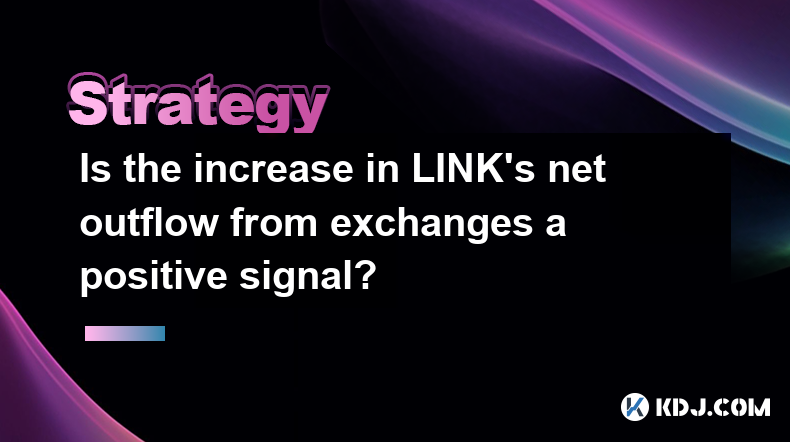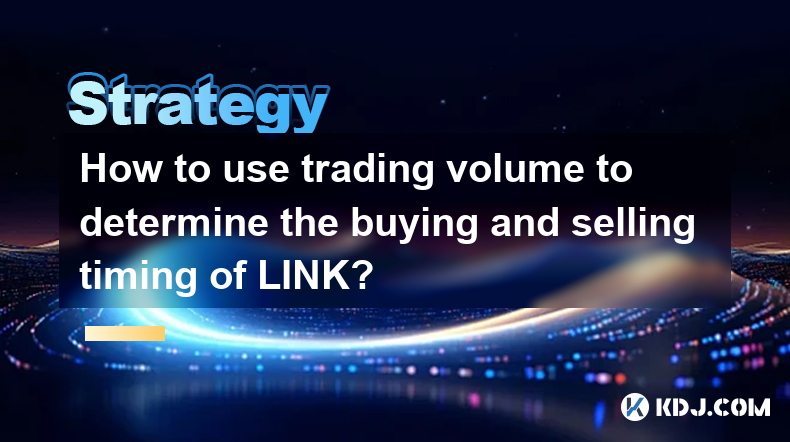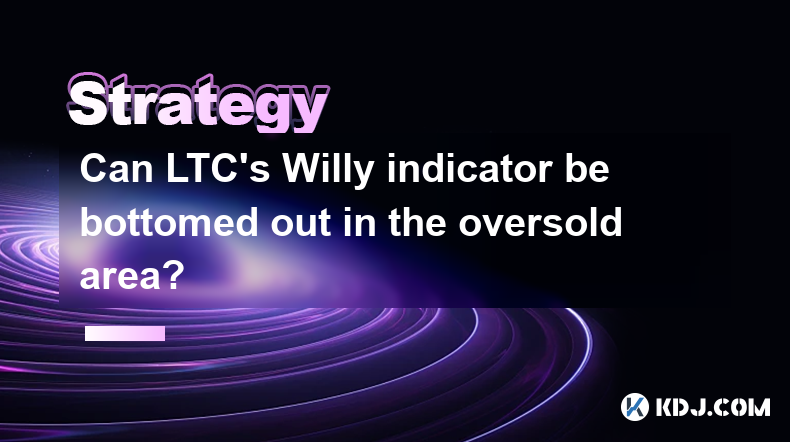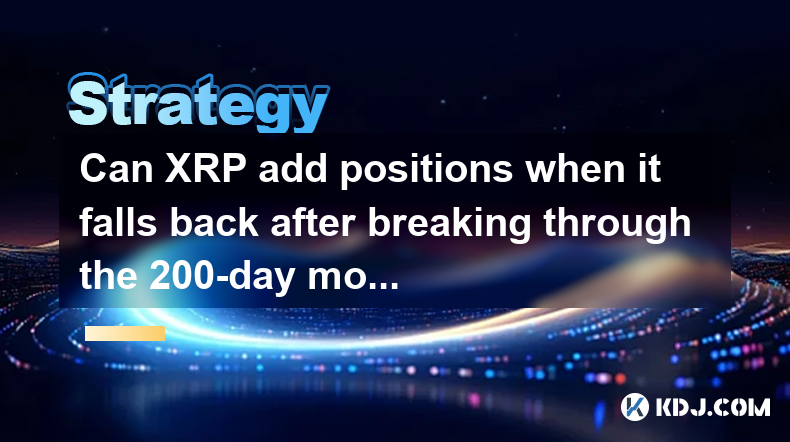-
 Bitcoin
Bitcoin $95,056.2486
1.68% -
 Ethereum
Ethereum $1,798.6789
1.96% -
 Tether USDt
Tether USDt $1.0006
0.04% -
 XRP
XRP $2.1882
-0.73% -
 BNB
BNB $603.6924
0.86% -
 Solana
Solana $151.1191
-0.29% -
 USDC
USDC $0.9996
-0.04% -
 Dogecoin
Dogecoin $0.1808
0.17% -
 Cardano
Cardano $0.7125
-1.91% -
 TRON
TRON $0.2430
-1.71% -
 Sui
Sui $3.5994
9.57% -
 Chainlink
Chainlink $15.0008
0.40% -
 Avalanche
Avalanche $22.3139
0.21% -
 Stellar
Stellar $0.2843
1.98% -
 Hedera
Hedera $0.1961
5.07% -
 Shiba Inu
Shiba Inu $0.0...01386
2.51% -
 UNUS SED LEO
UNUS SED LEO $8.8274
-4.38% -
 Toncoin
Toncoin $3.2282
1.97% -
 Bitcoin Cash
Bitcoin Cash $375.3899
6.77% -
 Polkadot
Polkadot $4.2669
0.98% -
 Litecoin
Litecoin $86.4641
3.68% -
 Hyperliquid
Hyperliquid $18.2431
-1.99% -
 Dai
Dai $1.0001
0.01% -
 Bitget Token
Bitget Token $4.4392
0.20% -
 Ethena USDe
Ethena USDe $0.9998
0.03% -
 Pi
Pi $0.6458
-0.91% -
 Monero
Monero $230.2046
2.21% -
 Pepe
Pepe $0.0...08758
1.29% -
 Uniswap
Uniswap $5.8550
0.87% -
 Aptos
Aptos $5.5258
1.47%
How to invest in digital currency scientifically and rationally?
To invest successfully in digital currencies, embrace a data-driven approach, diversify your portfolio, implement risk management strategies, and embrace continuous learning.
Oct 21, 2024 at 06:35 pm

How to Invest in Digital Currency Scientifically and Rationally
Investing in digital currencies can be a complex and risky endeavor, but by following a scientific and rational approach, investors can potentially increase their chances of success. Here's a step-by-step guide:
1. Research and Due Diligence:
- Conduct thorough research on various digital currencies, their underlying technology, and the projects they support.
- Examine their market cap, trading volume, and historical performance.
- Read whitepapers and news articles to gain insights into the long-term viability of each asset.
2. Diversify Your Portfolio:
- Avoid concentrating all your investments in a single digital currency. Diversify your portfolio by investing in a mix of established coins (e.g., Bitcoin, Ethereum) and promising altcoins.
- Consider investing in different sectors or niches within the crypto market, such as decentralized finance (DeFi) or non-fungible tokens (NFTs).
3. Risk Management:
- Set clear investment goals and define your risk tolerance.
- Use stop-loss orders to mitigate potential losses if prices drop below certain levels.
- Monitor your investments regularly and adjust your portfolio as needed.
4. Dollar-Cost Averaging (DCA):
- Invest a fixed amount of money in digital currencies at regular intervals, regardless of the current market value.
- This strategy can help mitigate the volatility of the market and reduce risk over time.
5. Stay Informed and Patient:
- Keep up-to-date with the latest developments in the crypto industry and stay informed about market trends.
- Be patient and do not panic sell during market downturns. Digital currencies are known for their volatility, so it's important to have a long-term investment horizon.
6. Seek Professional Advice:
- If you're unsure about any aspect of digital currency investing, consider consulting with a financial advisor or certified crypto analyst.
- They can provide personalized guidance based on your individual circumstances and risk tolerance.
7. Store Your Assets Safely:
- Use reputable hardware wallets or software wallets to store your digital currencies.
- Implement strong security measures to prevent unauthorized access or theft.
Additional Tips:
- Start with a small investment amount that you can afford to lose.
- Be prepared for volatility and do not invest more than you're willing to lose.
- Set realistic expectations and understand that investing in digital currencies involves inherent risk.
Disclaimer:info@kdj.com
The information provided is not trading advice. kdj.com does not assume any responsibility for any investments made based on the information provided in this article. Cryptocurrencies are highly volatile and it is highly recommended that you invest with caution after thorough research!
If you believe that the content used on this website infringes your copyright, please contact us immediately (info@kdj.com) and we will delete it promptly.
- Financial Experts Are Trashing U.S. President Trump's Tariff Policy, While Some Analysts Emphasize Bitcoin Is Showing Its Unique Economic Properties in a Time of Global Uncertainty.
- 2025-04-26 04:05:12
- Bitcoin (BTC) Price Surges 12% to $95,000 as Institutions Accumulate the Dip
- 2025-04-26 04:05:12
- Michael Saylor Predicts Bitcoin ETF (IBIT) Will Be the Biggest in the World in Ten Years
- 2025-04-26 04:00:26
- The apparent calm of the crypto market could well shatter.
- 2025-04-26 04:00:26
- Bitcoin (BTC) price jumps 28% from its monthly low, setting up for its best weekly close since January
- 2025-04-26 03:55:13
- BitMart Resumes Trading of Pi Network's Native Token (PI Coin)
- 2025-04-26 03:55:13
Related knowledge

What does the surge in SOL's cross-chain bridge inflows represent?
Apr 25,2025 at 09:00am
The recent surge in SOL's cross-chain bridge inflows represents a significant trend within the cryptocurrency ecosystem, particularly for Solana (SOL). This phenomenon highlights increased activity and interest in moving assets from other blockchains to Solana, indicating growing confidence in its network and ecosystem. Cross-chain bridges are essential...

Is the increase in LINK's net outflow from exchanges a positive signal?
Apr 24,2025 at 02:35pm
The recent increase in LINK's net outflow from exchanges has sparked discussions within the cryptocurrency community about its implications for the token's future performance. LINK, the native token of the Chainlink decentralized oracle network, has seen a notable shift in its net outflow from exchanges, which many interpret as a positive signal. This a...

Is LTC's UTXO age distribution useful for judging buying and selling points?
Apr 23,2025 at 05:42pm
Is LTC's UTXO age distribution useful for judging buying and selling points? Understanding the UTXO (Unspent Transaction Output) age distribution of Litecoin (LTC) can provide valuable insights into the behavior of its holders and potentially help in making informed decisions about buying and selling points. The UTXO age distribution refers to the age o...

How to use trading volume to determine the buying and selling timing of LINK?
Apr 25,2025 at 02:07am
How to Use Trading Volume to Determine the Buying and Selling Timing of LINK? Trading volume is a crucial metric in the cryptocurrency market that can provide valuable insights into the buying and selling behavior of traders. When it comes to Chainlink (LINK), understanding how to analyze trading volume can help you make more informed decisions about wh...

Can LTC's Willy indicator be bottomed out in the oversold area?
Apr 24,2025 at 01:43pm
Understanding the Willy IndicatorThe Willy indicator, also known as the Willy ratio, is a technical analysis tool used in the cryptocurrency market to gauge the sentiment of a particular asset, in this case, Litecoin (LTC). It is calculated by dividing the total trading volume of an asset by its market capitalization. The resulting ratio helps traders u...

Can XRP add positions when it falls back after breaking through the 200-day moving average?
Apr 25,2025 at 04:49pm
The question of whether to add positions to XRP after it breaks through the 200-day moving average and subsequently falls back is a common dilemma faced by many cryptocurrency traders. The 200-day moving average is a widely recognized technical indicator used to assess the long-term trend of an asset. When XRP breaks above this level, it is often seen a...

What does the surge in SOL's cross-chain bridge inflows represent?
Apr 25,2025 at 09:00am
The recent surge in SOL's cross-chain bridge inflows represents a significant trend within the cryptocurrency ecosystem, particularly for Solana (SOL). This phenomenon highlights increased activity and interest in moving assets from other blockchains to Solana, indicating growing confidence in its network and ecosystem. Cross-chain bridges are essential...

Is the increase in LINK's net outflow from exchanges a positive signal?
Apr 24,2025 at 02:35pm
The recent increase in LINK's net outflow from exchanges has sparked discussions within the cryptocurrency community about its implications for the token's future performance. LINK, the native token of the Chainlink decentralized oracle network, has seen a notable shift in its net outflow from exchanges, which many interpret as a positive signal. This a...

Is LTC's UTXO age distribution useful for judging buying and selling points?
Apr 23,2025 at 05:42pm
Is LTC's UTXO age distribution useful for judging buying and selling points? Understanding the UTXO (Unspent Transaction Output) age distribution of Litecoin (LTC) can provide valuable insights into the behavior of its holders and potentially help in making informed decisions about buying and selling points. The UTXO age distribution refers to the age o...

How to use trading volume to determine the buying and selling timing of LINK?
Apr 25,2025 at 02:07am
How to Use Trading Volume to Determine the Buying and Selling Timing of LINK? Trading volume is a crucial metric in the cryptocurrency market that can provide valuable insights into the buying and selling behavior of traders. When it comes to Chainlink (LINK), understanding how to analyze trading volume can help you make more informed decisions about wh...

Can LTC's Willy indicator be bottomed out in the oversold area?
Apr 24,2025 at 01:43pm
Understanding the Willy IndicatorThe Willy indicator, also known as the Willy ratio, is a technical analysis tool used in the cryptocurrency market to gauge the sentiment of a particular asset, in this case, Litecoin (LTC). It is calculated by dividing the total trading volume of an asset by its market capitalization. The resulting ratio helps traders u...

Can XRP add positions when it falls back after breaking through the 200-day moving average?
Apr 25,2025 at 04:49pm
The question of whether to add positions to XRP after it breaks through the 200-day moving average and subsequently falls back is a common dilemma faced by many cryptocurrency traders. The 200-day moving average is a widely recognized technical indicator used to assess the long-term trend of an asset. When XRP breaks above this level, it is often seen a...
See all articles























































































